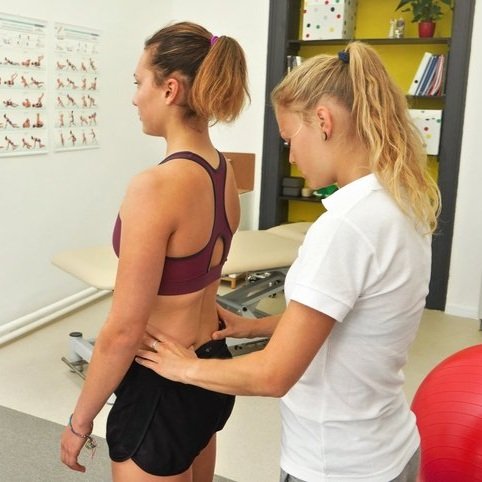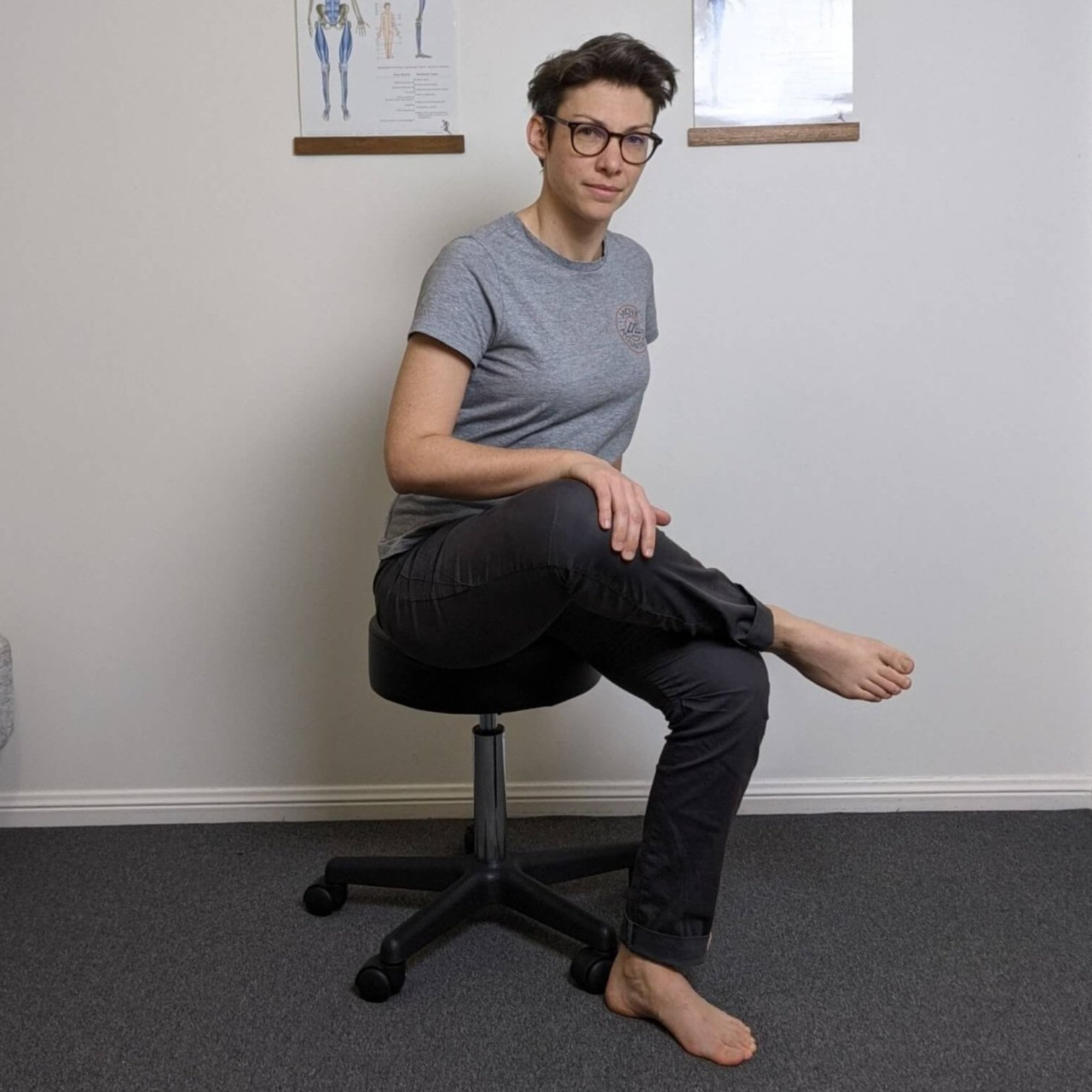
Hip And Pelvis Pain
Hip and pelvis pain is one of the most common problems we treat.
Many patients tell us it’s because they have a “weak core” as they don’t do core exercises or spend all day sitting. The thing is, you shouldn’t need to do core exercises to have a strong core. If you move well, your body will activate your core muscles hundreds of times every day with out you even thinking about it.
If you have hip or pelvis pain it doesn’t mean you have a weak core it means that your body is unable to recruit these muscles effectively. This can be due to a pelvis twist or pelvis muscle imbalance or it can be because your hip or pelvis is compensating for something else.
Common Hip and Pelvis Injuries We Treat
Sacroiliac joint (SIJ) pain, instability and dysfunction
Pubic symphysitis
Hip or trochanteric bursitis
Glute, hamstring and adductor tendinopathy
Labral tears
Hip impingement
Piriformis syndrome
Groin pain
Weak or tight glutes
Hip and pelvis stress fractures
Rehabilitation following hip surgery
Hip and pelvis pain during pregnancy
Pelvic floor dysfunction and incontinence
Weak core muscles
Hip and Pelvis treatment at Move mountains Physio
Local assessment of your hip or pelvis to diagnose the injured tissue and advise you on any changes you should make to your current exercise program.
Assessment of the stability and function of your pelvis (sacroiliac joints and pubic symphysis).
Whole body assessment to determine the root cause of the problem e.g. is your SIJ unstable because it’s compensating for your stiff back.
Assessment of your deep core and stabilising hip muscles.
Teach you appropriate core activation and strengthening exercises as required.
Teach you activation and strengthening exercises for your hip muscles.
Quickly take away your hip and pelvis pain with hands-on treatments such as muscle release or dry needling, or by teaching you self-release techniques and mobility exercises..
Teach you appropriate changes to your daily movements and postures that you should make to alleviate your hip or pelvis pain.
Improve your sleep by removing your hip or pelvis pain and educating you on good sleeping positions for your situation.
Tape your pelvis injury to helps stabilise and support your sacroiliaic joints as required.
Guide you through a personalised hip and pelvis rehabilitation program to get you back to full function.
Hip and Pelvis Pain Treatment at home
If you have hip or pelvis pain, avoid sitting on low chairs or in a low couch as it puts your hip in increased flexion and will increase your pain.
If you have incontinence, urinary frequency or other pelvic floor symptoms watch this video on incontinence treatment.
If you have sacroiliac joint or pelvis pain (especially if you are pregnant), try wearing a pair of firm bike shorts or a belt. Adding some external compression through the pelvis can help stabilise it and decrease pain from excessive sacroiliac joint movement.
If you have a labral tear of your hip, watch this video on labral tear management. Sometimes surgery is required but labral tears are always a result of biomechanical dysfunction. Good physiotherapy and rehabilitation is essential to your recovery.
Try some of our favourite releases to treat hip and pelvis pain at home.
If you “squeeze your glutes” when you workout or squat, watch this video. “Squeezing the glutes” contributes to a lot of the pelvis and hip pain we see.
If you like to activate your core muscles as you move, watch this video. Inappropriate core bracing is a common cause of pelvic instability.
Take a look at our video series on good posture. Pelvic pain can be caused by weak abdominals and lower back muscles so restoring your natural lumbar curve is essential and can greatly improve your pain.
Make sure you are using good lifting technique, especially if you are pregnant or caring for a newborn.
Book in for an appointment so that we can identify the root cause of your hip and pelvis pain. Hip and pelvis pain is often due to compensations for problems elsewhere in the body. We need to identify the root cause in your body.
For quick relief of your hip or pelvis pain, book in for an appointment with one of our Hip and Pelvis injury Specialists either online or in our Jindabyne physiotherapy clinic.
Or, if you’re still unsure, book in for a free 15-minute online consult so that we can discuss your hip or pelvis injury and how our unique treatment approach can quickly alleviate your hip or pelvis pain.



